

The first body on the 41 100 chassis was an open tourer or Phaeton, this body was taken from a Packard presumably to save time in the construction of Ettore's pride and joy.
The
Royale prototype, built in 1926 but completed in 1927, had a slightly longer
chassis and larger engine, said to be of 124 x 150mm, 14,726cc. But in
production these dimensions were reduced to 125 x 130mm, 12,763cc. This chassis
received five different bodies during it's life and ended up of “normal” Royale
length and with the12,763cc engine.
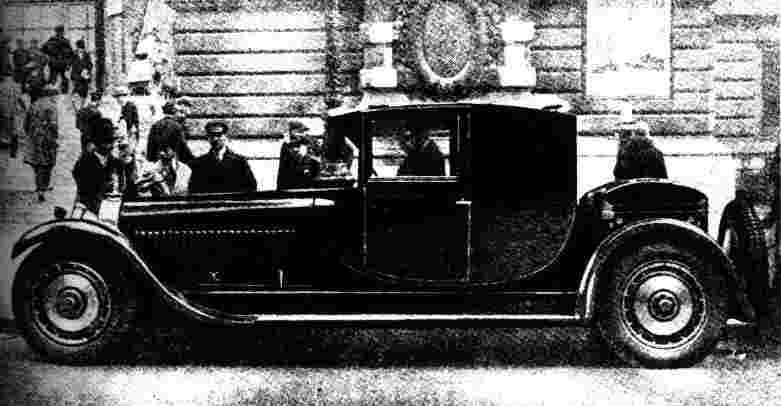 The second body was a two door, three seat, coupe fitted in 1928. It's shape
being clearly inspired by the horse drawn carriages of the time, this was common
for Ettore Bugatti at that time.
The second body was a two door, three seat, coupe fitted in 1928. It's shape
being clearly inspired by the horse drawn carriages of the time, this was common
for Ettore Bugatti at that time.
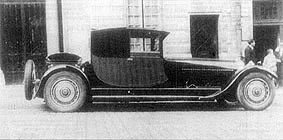
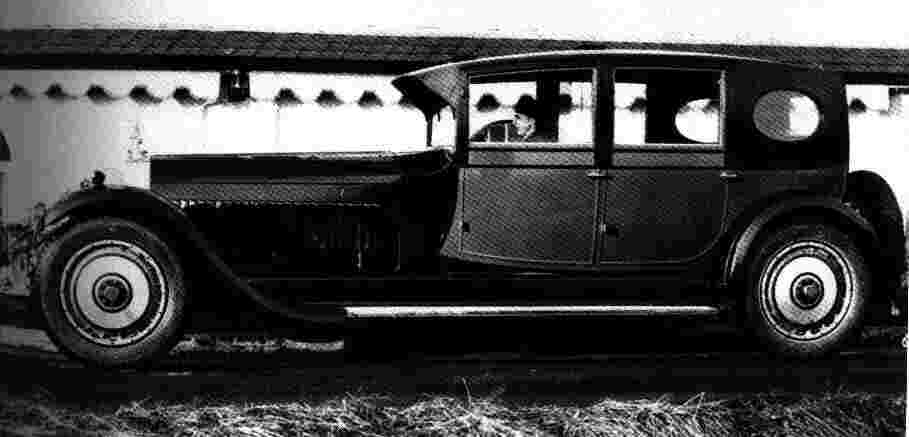
A
third body replaced the previous one after just a few months. It was a four door
saloon, better proportioned, but still in the same horse drawn carriage style as
the previous body. It was a limousine version of the previous body. A 1/43rd
scale model of this car was produced by Rio of Italy.
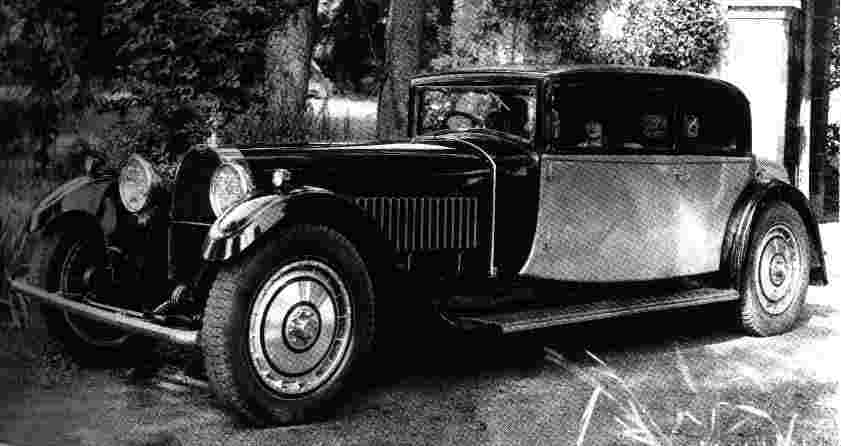
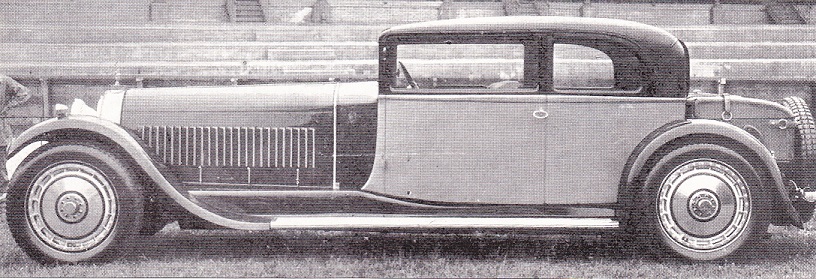
The old fashioned bodies were not good for Bugatti's image, so a sleeker new body, a four window coupe designed and built by Weymann of Paris was fitted to the chassis in 1929. All bodies so far seem to have the same wings and bonnet.
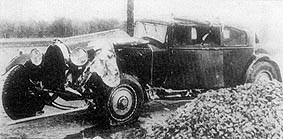 In 1931, 41 100 was destroyed by Ettore, accompanied by his wife, in a road
accident. Supposedly he fell asleep at the wheel travelling from Paris to
Molsheim, the car being badly damaged.
In 1931, 41 100 was destroyed by Ettore, accompanied by his wife, in a road
accident. Supposedly he fell asleep at the wheel travelling from Paris to
Molsheim, the car being badly damaged.
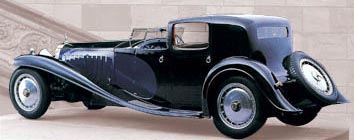
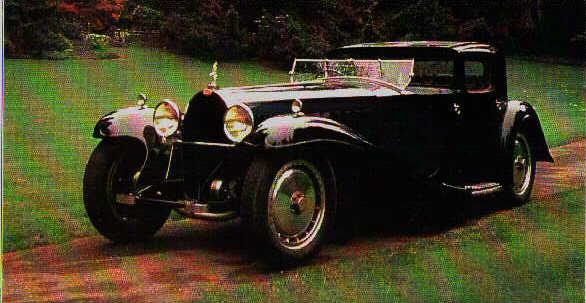
After the accident 41 100 was rebuilt with a new body designed by Ettore's son Jean, then 21 or 22 years old. The design was inspired by the works of Duesenberg, as seen in the beautiful fender lines and the use of contrasting colours and paneling. It is a very beautiful car.. It was named the “Coupe Napoleon”.
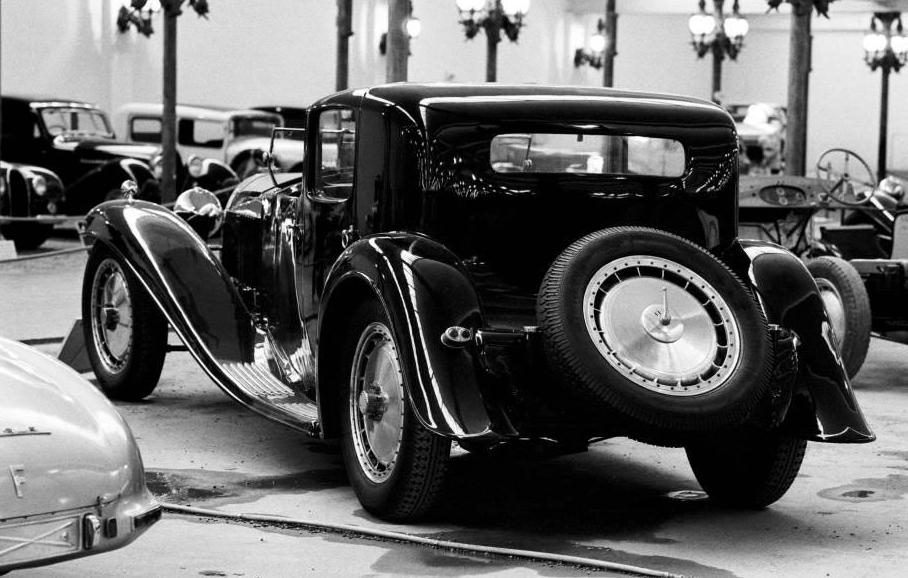
It is not known whether a new chassis and engine were used for the “new” Royale after the accident, but it kept the same chassis number, 41 100. This time the chassis is the “short” production version. This new 41 100 might already have been under construction at the time of the accident, and merely been given the same chassis number as the damaged car.
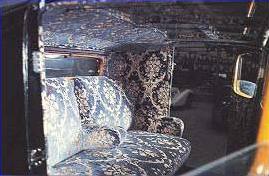
The car remained the personal carriage of Ettore Bugatti until his death in 1947. It is now a part of the Schlumpf Collection.